The latest batch of Blue Factory’s low-end, mid-range, and sub-high-end releases have been plentiful, and unlike the previous wave, which looked like it was simply a case of swapping out an existing model with a hover grip and launching, many of the new releases this time around can’t be found as prototypes in the existing models.
With the exception of the 10M, the Harness series has continued to languish in conversation, with the new season’s Harness F/M finally getting a bit of attention, or at least a little attention in the announcements. At this point, the Harness 5H also returned to the attention of golfers due to some golfer reviews and merchant clearance. However, in the inconspicuous corner, there is a new product of Harness 3H ……

Parameters: 4UG5, sole, total weight in use condition 90.33g, balance point 295mm, center shaft length 210mm, hardness medium-high, hexagonal windbreaker frame, 76-hole string bed, 9-3 point string groove, 30 lbs. warranty, stringing 27-29lbsVS100.
The Harness 3H has an elegant light gold finish, and the blue-yellow lines on the wings of the frame transferred to beige give the racket a fresh look. Aside from this detailing, which is formed by a painting process, the racket has no other decals on it, which in turn gives the 3H a cleaner look. The 3F in its original state is a very nice looking female oriented racquet, while the 3H is much more neutral. 3F and 3H have the same carbon fiber grade, but after checking, I found that the 3H has a replacement center shaft and handle.
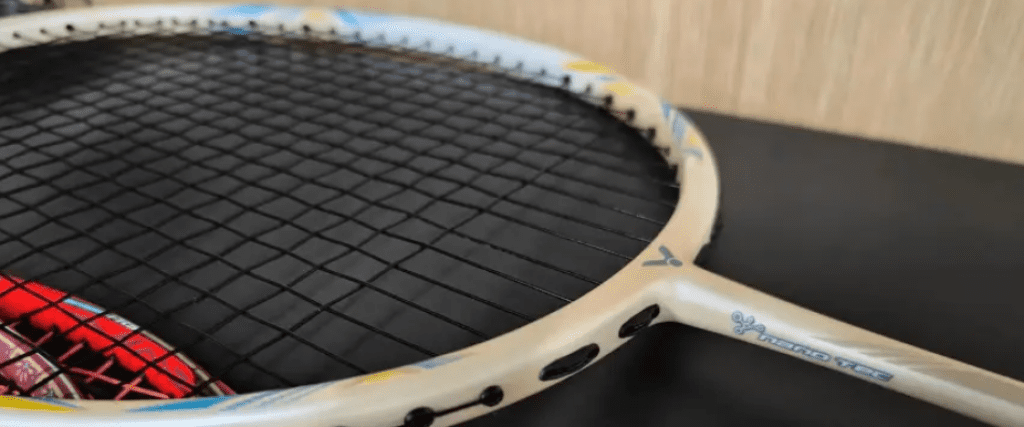
I’ve never been a big fan of racquets with FRS, which can lead to poor feedback on the face of the product, but the warranty poundage is too low like the 3F. The 3H is not exempt from this, and at moderate swing weights and high swing speeds, its power feels good, but the feel of the stroke is rather mediocre. The suspension handle provides a nice dampening effect on the face of the high poundage wire when actively hitting, but the filtered feel of the stroke feedback can make it more difficult to stir up the desire to make power.
Also, the racquet itself does tend to be a bit on the stiffer side, but the drive still feels relatively manageable and not too problematic for the entry-level consumer it’s positioned towards, despite not being sugary enough.
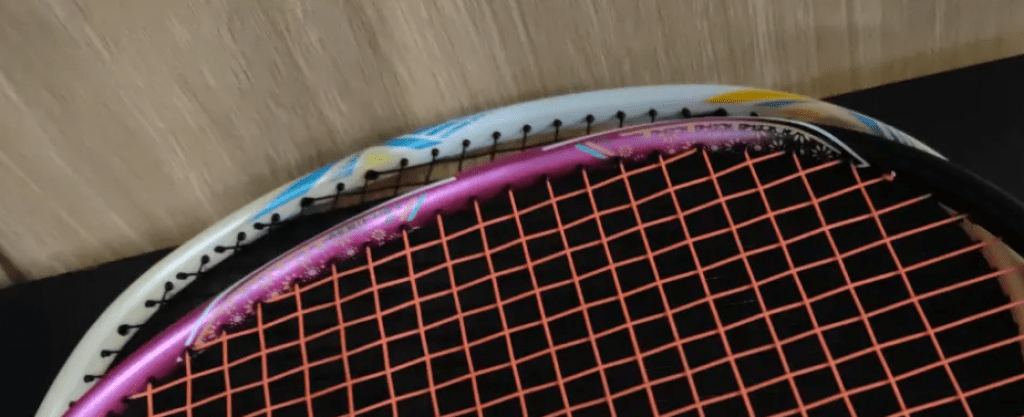
First of all, on the offense side, this is a racquet that I put half my mind at ease with. Compared to the 3F, the firmer feel and higher rebound capability takes the feel of the racquet straight up a notch on heavy or point kills, with faster ball speeds and the same smooth feel to the serve. However, compared to the 5H, the weakened swingweight and castrated materials create a performance gap that can’t be pleasured when downward pressure is applied, so the 3H is a racquet that places more emphasis on gaining downward power through its own active power in the attack. So much so, that when my own fitness is down or I don’t want to play too aggressively, I instead prefer the meatier and heavier 5H to gain or maintain an active position on the court. It’s definitely a racquet I’d use in a higher-pound string, and if it weren’t for the VS100 the situation would be even more ideal, but the gap between it and the 5H in terms of offensive effectiveness and body is not insignificant.
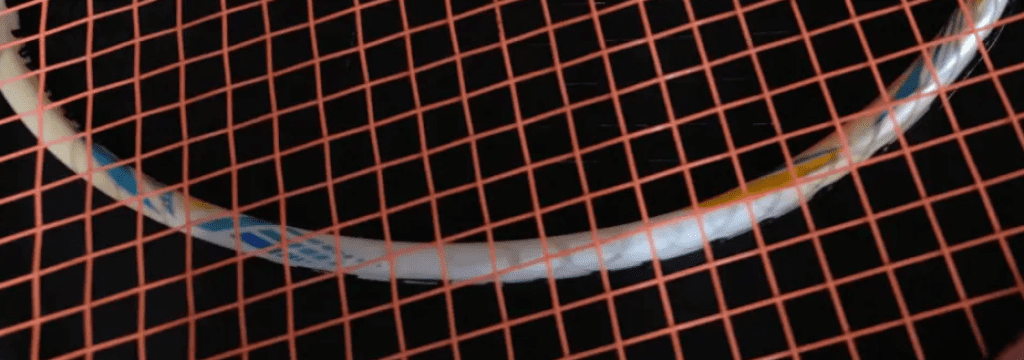
The ability to have good consistency is the aspect of the 3H that I am most pleased with. Flexibility is similar to the 3F, but the ball response is the highest of the three, so the 3H performs a section better in the mid-court draw, not to mention that it is backed up by a higher warranty poundage, which makes it impervious to fast draws and quicker blocking for the player with mature short-drive skills and awareness.
The racquet’s small ball control feel has become a relatively weak aspect of the three, in addition to the harness 5 with a more stable and solid feel of the existence of a high segment, a little bit of holding feeling also allows the 3F in the fake handling of the ball path of the tolerance to provide a different kind of guarantee, under the two seems to be a lot of middle of the road 3H.
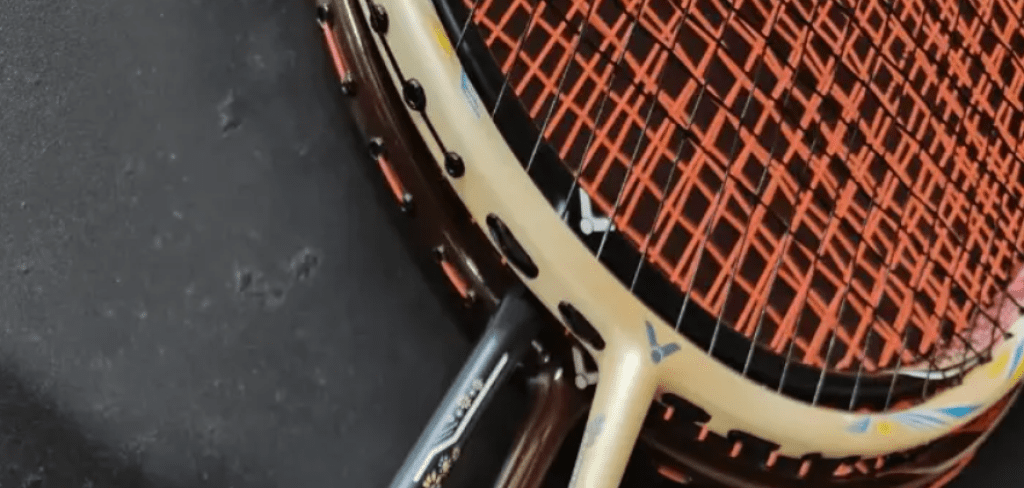
When it comes to passive ball handling, the 3F is still the best, lightweight and slightly soft, the backhand doesn’t need to focus on the power to give the ball back to the opponent’s backcourt area with pure elasticity, and the rebound pickup on kills is also handy. 5H is a little heavier, but stable and unloaded with the right sense of force, and the confidence to turn passive into offensive on kills and blocked shots is very good, and it has a better performance in the one-slice attack and defense. The 3H is now stuck between the two very different styles, with a lot less characteristic performance.
That is, it forms a very clear differentiation from the overall performance of 3H.
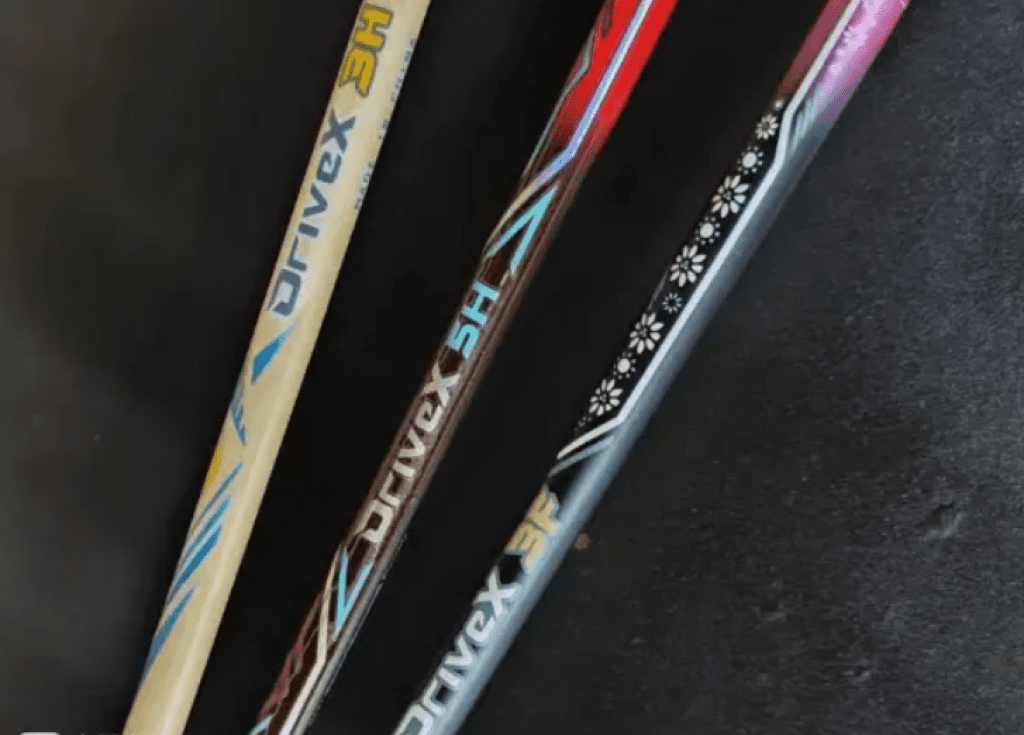
What first attracted me to this racquet was just the value and what the H suffix stood for. After using this product, I was quickly reminded of the hx60H I once had, and the two are indeed comparable. However, Blue Factory’s mid-range balance racquets have generally gone the same way into obscurity, with the Nano 6/7 being the breakout model for so many three decades.
Although I still like this racket, but the embarrassment is that the 3H, as the harness series proper, the volume of sound is about the same as no one asked for the women’s racket 3F, and the performance of the proper 5H and fine-tuned replica of the 6/7SP and higher nano6/7 belong to the budget a little increase can be much better. From the author’s channel, a small three-open racquet, as long as the budget is increased by one sheet or less, you can get the frame and shaft are two levels better, straight to the high-end segment of the 5H, then can give the purchase advice is obviously “bite the bullet”.

Leave a Reply